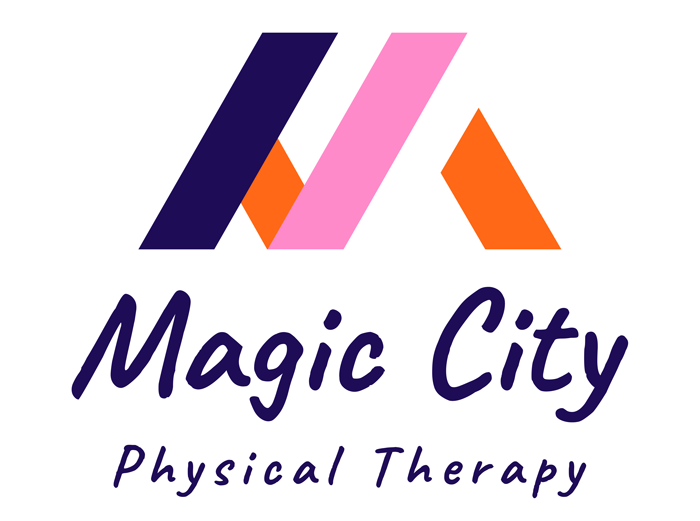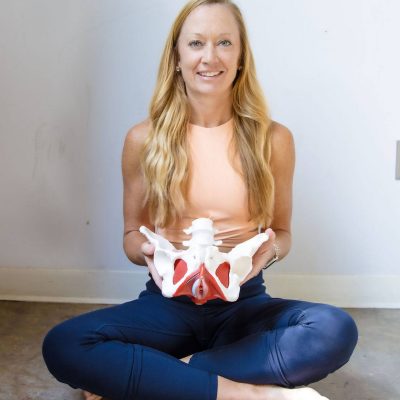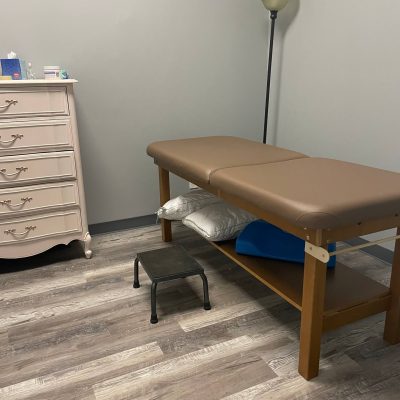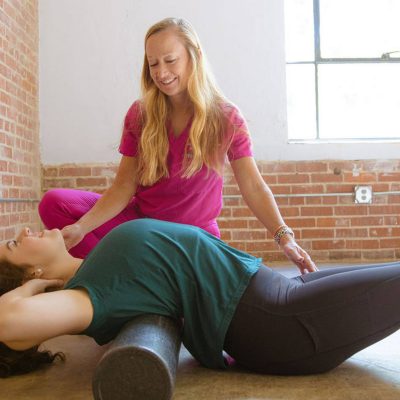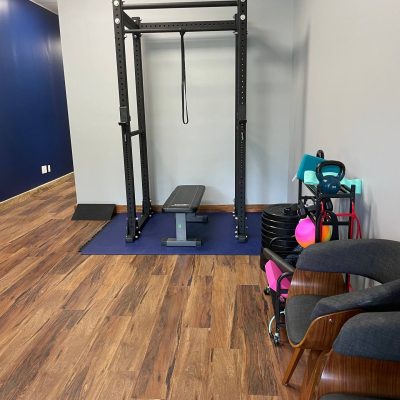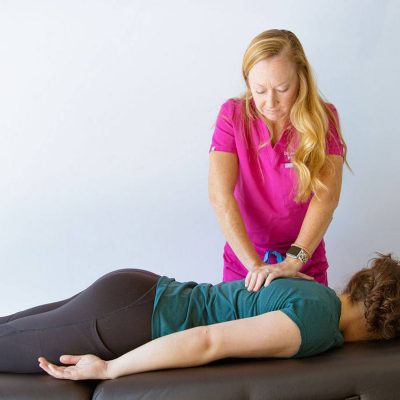Constipation isn’t just uncomfortable—it can impact your pelvic floor health in ways many people don’t realize.
As a pelvic floor physical therapist, I often meet adults who have been struggling with constipation for years, trying every “quick fix” they find online. While proper toilet posture (like using a footstool to elevate your knees) can absolutely help, there’s much more to the story.
If you’re finding yourself straining, going less than three times a week, or feeling like you’re never fully empty, it’s time to look beyond just your bathroom setup.
Why Your Pelvic Floor Cares About Your Bowel Habits
Your pelvic floor muscles play a big role in healthy bowel movements. They need to relax fully so stool can pass without resistance. Chronic constipation can lead to:
- Tight or overactive pelvic floor muscles from repeated straining
- Hemorrhoids or anal fissures
- Pelvic organ prolapse risk
- Worsening bladder symptoms (yes, constipation affects your bladder too!)
By improving bowel function, you not only feel better—you protect your pelvic floor from unnecessary stress.
Step 1: Hydration That Actually Works
One of the simplest but most overlooked constipation remedies is enough water—consistently. Many adults think they drink “a lot,” but when we track it, they’re often falling short.
A good starting goal is half your body weight in ounces per day, adjusting for activity level and climate. For example, a 150-pound adult might aim for about 75 ounces daily.
- Pro tip: Warm fluids in the morning, like herbal tea or warm lemon water, can stimulate bowel activity.
- Watch the caffeine: Coffee can help some people go, but too much caffeine can be dehydrating, so balance it with water.
Step 2: Diet That Supports Soft, Easy-to-Pass Stools
Fiber is your friend—most of us just aren’t getting enough. The goal for adults is generally 25–35 grams per day.
- Soluble fiber (found in oats, apples, beans) helps form soft, gel-like stools.
- Insoluble fiber (found in whole grains, vegetables) adds bulk to help move things along.
But here’s the catch: if you suddenly increase fiber without enough water, constipation can get worse. Always pair added fiber with adequate hydration.
Other helpful diet tips:
- Include healthy fats (avocado, olive oil, nuts) to lubricate the stool.
- Limit highly processed foods which can slow digestion.
- Watch dairy intake—for some people, it can be constipating.
Step 3: Breathing & Pressure Management
This is where pelvic floor therapy really shines. The way you breathe directly impacts how well your pelvic floor can relax during a bowel movement.
When you strain, you might bear down with your breath held (Valsalva maneuver), creating excessive downward pressure. Over time, this can weaken pelvic support structures.
Instead, try the “exhale and drop” technique:
- Sit in your optimal position (knees higher than hips, feet supported).
- Take a slow inhale into your belly, feeling your pelvic floor gently lengthen.
- As you exhale, keep your jaw and shoulders relaxed, and imagine your pelvic floor melting downward.
- If you feel the urge to push, do so gently, timed with your exhale—not by breath-holding.
This breathing strategy protects your pelvic floor and helps coordinate muscle relaxation.
Step 4: Movement as Medicine
Your colon thrives on movement. Long sedentary periods slow everything down.
- Gentle walking after meals can stimulate digestion.
- Yoga poses like supine twists, cat–cow, and child’s pose encourage natural bowel motility.
- Core exercises that involve rotation and gentle abdominal massage movements can also help (without excessive straining).
Step 5: Train Your Gut with a Routine
Your body loves predictability. Aim to use the bathroom around the same time each day—often 20–30 minutes after breakfast is ideal, when your digestive reflexes are most active.
Don’t ignore the urge to go; consistently delaying can make constipation worse.
When It’s More Than Lifestyle
Sometimes constipation has underlying causes that require extra attention:
- Pelvic floor dyssynergia (when muscles don’t coordinate properly to allow stool to pass)
- Irritable Bowel Syndrome (IBS)
- Side effects from medications
- Neurological conditions
If you’ve tried hydration, fiber, breathing, and routine changes without improvement—or if constipation alternates with diarrhea, is accompanied by pain, or there’s blood in your stool—consult your doctor and consider a pelvic floor PT evaluation.
The Bottom Line
Constipation isn’t just a nuisance; it’s a pelvic floor health issue. By addressing hydration, diet, breathing mechanics, movement, and routine, you can improve bowel function and protect your pelvic floor from unnecessary strain.
As a pelvic floor physical therapist, I’ve seen patients make huge progress once they start looking beyond just toilet posture. Your pelvic floor and your digestive system work together—support one, and you support the other.
If you’re ready to break the cycle of constipation and strain, we can create a personalized plan to get your bowels (and your pelvic floor) functioning optimally again.
